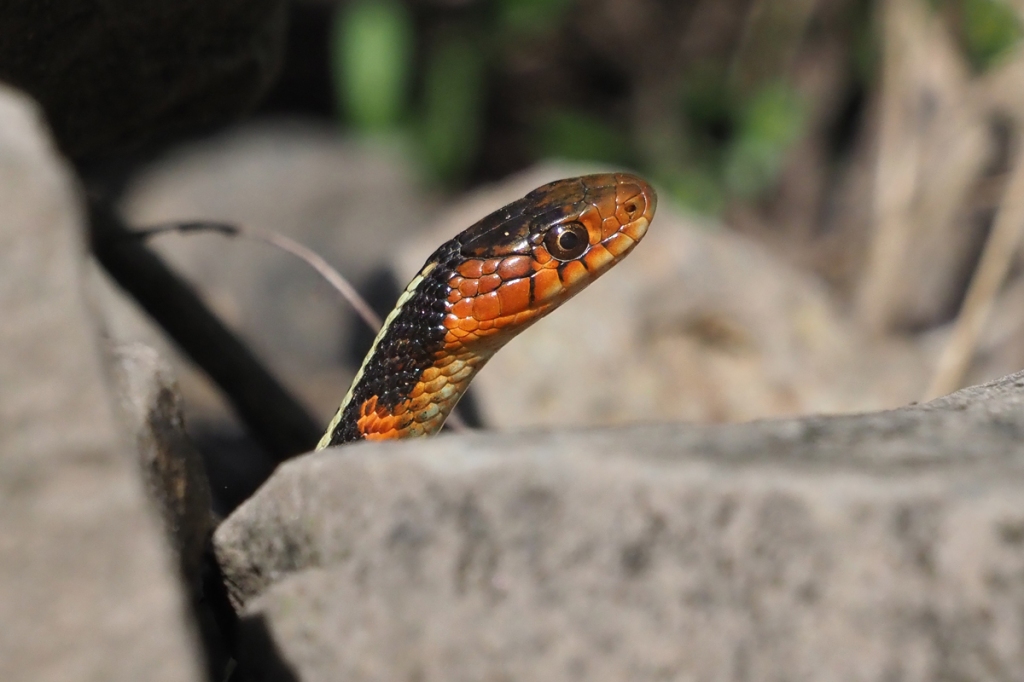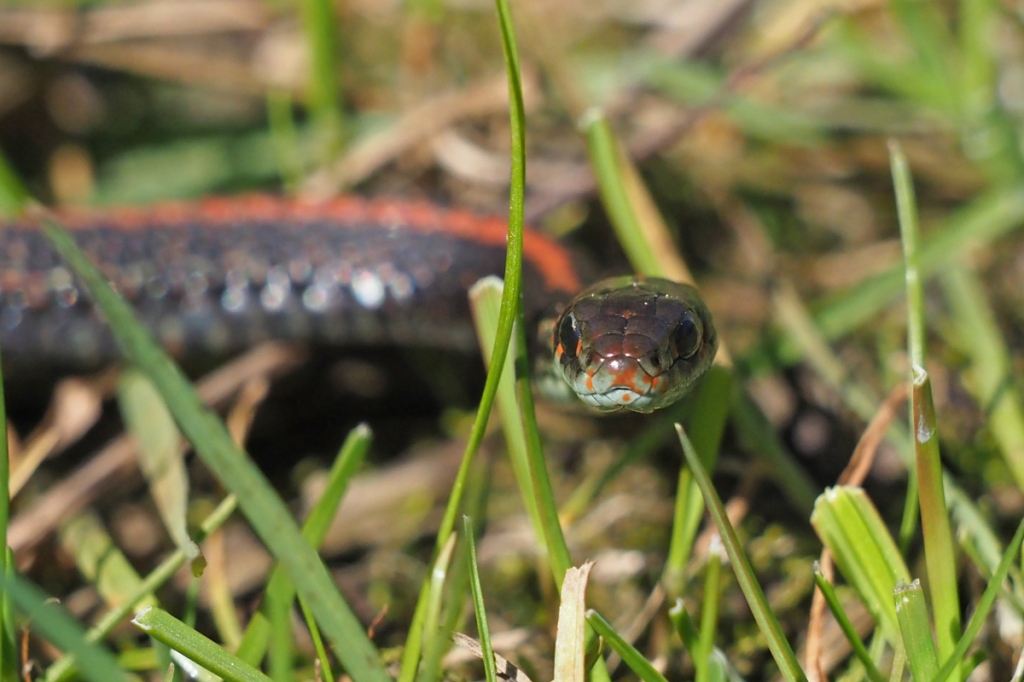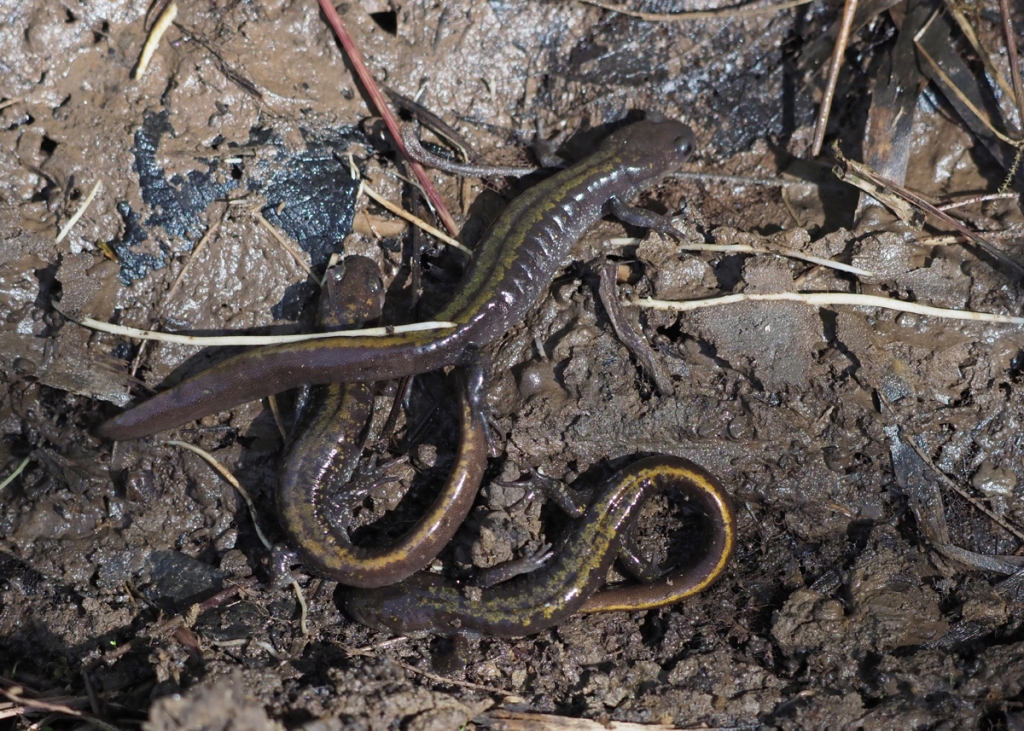While waiting for spring bird migration to pick up, I have been enjoying the local reptiles and amphibians. Here are a few highlights.










Birding will be heating up in the next week, so I will have to start looking up again.
Happy Spring

While waiting for spring bird migration to pick up, I have been enjoying the local reptiles and amphibians. Here are a few highlights.










Birding will be heating up in the next week, so I will have to start looking up again.
Happy Spring
 Our team for the Audubon Society of Portland’s Birdathon birded several sites in the northern parts of Portland. The weather was cool and rainy, not conducive to photography or bird activity, but we ended our efforts with 76 species for the day. This Western Wood-Pewee at Whitaker Ponds was one of the few photogenic individuals.
Our team for the Audubon Society of Portland’s Birdathon birded several sites in the northern parts of Portland. The weather was cool and rainy, not conducive to photography or bird activity, but we ended our efforts with 76 species for the day. This Western Wood-Pewee at Whitaker Ponds was one of the few photogenic individuals.
 Bushtit, also at Whitaker Ponds
Bushtit, also at Whitaker Ponds
 This Black-tailed Deer, with his new antlers just starting to sprout, was at Smith and Bybee Wetlands.
This Black-tailed Deer, with his new antlers just starting to sprout, was at Smith and Bybee Wetlands.
 There are only two native species of turtle in Oregon, both of which are considered at risk do to habitat loss and pollution. Smith and Bybee Wetlands is a local stronghold for Western Painted Turtles.
There are only two native species of turtle in Oregon, both of which are considered at risk do to habitat loss and pollution. Smith and Bybee Wetlands is a local stronghold for Western Painted Turtles.
 Here is a Western Painted Turtle on the left, with a Red-eared Slider on the right. Red-eared Sliders are native to the southeastern U.S., but have been introduced into many areas, usually by people disposing of unwanted pets. Introduced species compete with native species for food and nesting habitat.
Here is a Western Painted Turtle on the left, with a Red-eared Slider on the right. Red-eared Sliders are native to the southeastern U.S., but have been introduced into many areas, usually by people disposing of unwanted pets. Introduced species compete with native species for food and nesting habitat.
Happy Spring
Spring is coming on strong, despite the cold latter half of March. The season is most obvious in the open habitats around wetlands. Local nesters are starting to pair up and collect nesting material. The winter sparrow flocks are starting to thin out, but the birds that remain are active and vocal. This Fox Sparrow (with a Golden-crowned Sparrow in the background) was at Fernhill Wetlands.
The winter sparrow flocks are starting to thin out, but the birds that remain are active and vocal. This Fox Sparrow (with a Golden-crowned Sparrow in the background) was at Fernhill Wetlands.
 The local Song Sparrows are paired up and are defending territories.
The local Song Sparrows are paired up and are defending territories.
 Bushtits are still in their winter flocks, but should be pairing off soon.
Bushtits are still in their winter flocks, but should be pairing off soon.
 This male Hooded Merganser caught a large crayfish at Westmoreland Park, but did not share it with the female that was nearby.
This male Hooded Merganser caught a large crayfish at Westmoreland Park, but did not share it with the female that was nearby.
 Anna’s Hummingbird, feeding on currant
Anna’s Hummingbird, feeding on currant
 This is one of five subadult Bald Eagles that flew over Westmoreland Park in a tight group. I don’t recall seeing a flock of Bald Eagles moving together like that before.
This is one of five subadult Bald Eagles that flew over Westmoreland Park in a tight group. I don’t recall seeing a flock of Bald Eagles moving together like that before.
 Western Canada Goose, the locally nesting subspecies. I am trying to collect portraits of the various Canada and Cackling Goose subspecies for side-by-side comparison.
Western Canada Goose, the locally nesting subspecies. I am trying to collect portraits of the various Canada and Cackling Goose subspecies for side-by-side comparison.
 These Red-eared Sliders were basking at Commonwealth Lake. There are only two native species of freshwater turtle in Oregon, and this is not one of them. This species is often released from the pet trade.
These Red-eared Sliders were basking at Commonwealth Lake. There are only two native species of freshwater turtle in Oregon, and this is not one of them. This species is often released from the pet trade.
In the next few weeks, warblers and flycatchers should start arriving in good numbers, then the rush of spring shorebird migration.